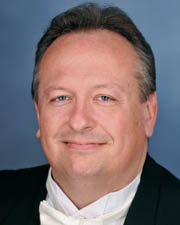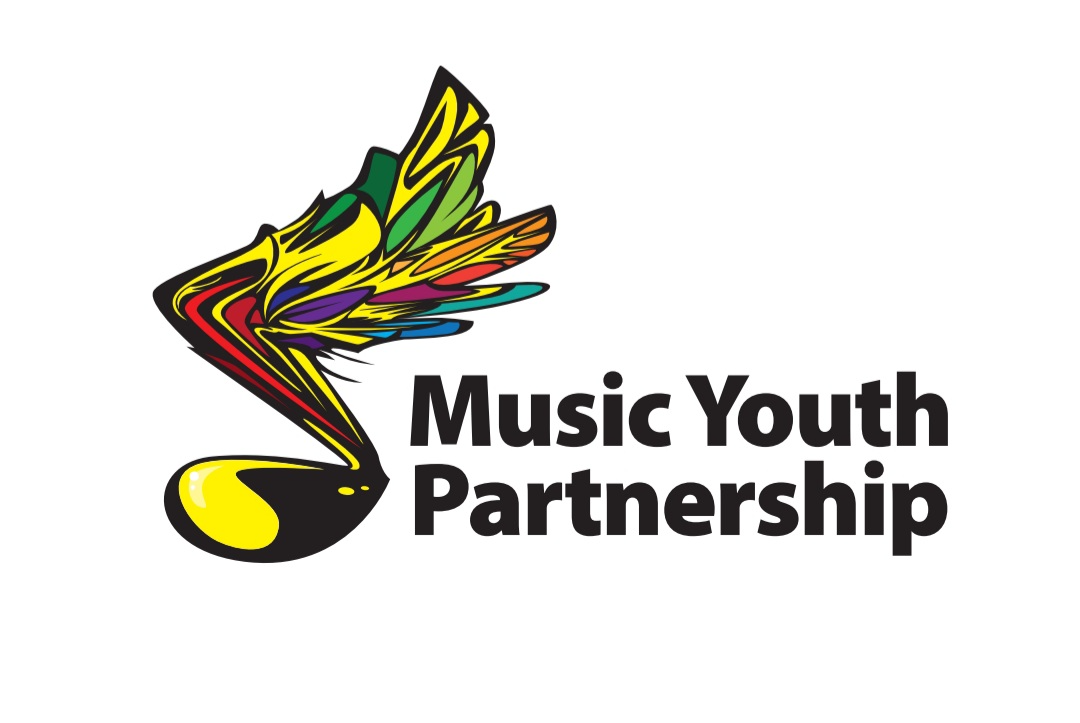
When I visit and observe rehearsals I always pay careful attention to the tuning procedure that is used. Though a variety of methods of intonation development exist, some are more beneficial than others. Of primary importance however, is the actual presence of a tuning procedure in ensemble settings.
There is something to be learned from the fact that professional musicians begin each rehearsal and performance with a tuning procedure. Granted, in our school bands we are dealing with a different environment, time constraints, and a greater variation of skill development, yet the tuning process is an extension of the warm-up and can serve to bring the ensemble together both mentally and aurally. To neglect the tuning process can send a message to students that it is not important, or that an ensemble needs to be at a certain level before it can attempt to tune as a group. I would argue that as soon as the students can produce a decent characteristic tone as individuals, then the introductory of concepts of intonation can be implemented in an ensemble setting. It is not uncommon for this to take place by the third year of band instruction. Far too often, my observations and subsequent questions with students indicate that directors fail to incorporate a regular tuning procedure.
For those directors who do incorporate a turning routine, many have their own preferred sequence. In my own experience, I tend to vary the process depending on the level of the ensemble and the amount of confidence in key players who may be used as a pitch reference. Since one of the goals of the tuning process is to unify the tone of the ensemble (as well as just the pitch), my preference is to use an instrumentalist to provide the pitch reference, as opposed to a tuner or other electronic device. However, it is important to make sure that the individual who provides the pitch reference checks their own pitch with a reliable reference.
Many band directors prefer to use a clarinet, tuba, or oboe player to provide the tuning note for the ensemble, or a combination thereof. For example, a clarinet may provide the tuning note, which is in turn matched by the tuba(s), then matched by the low brass, low woodwinds, middle brass and woodwinds, and eventually ending with the upper woodwinds. When checking intonation by sections, building the ensemble from the lowest-sounding instruments to the highest can encourage a darker ensemble tone. Some directors prefer to check the intonation of their principal players in each section and follow up with having the section members attempt to match the pitch and tone of the principal players.
Generally speaking, the primary notes in a band setting for ensemble tuning are concert F and concert B-flat. When introducing intonation with younger bands, the concert F is recommended, especially if a concert B-flat is not fully developed throughout the ensemble. Often young or inexperienced players use a low concert B-flat to check their pitch, yet this note is near the bottom of their practical range and not ideal for tuning purposes. Many ensembles use the standard B-flat, sometimes preceding or following a concert A, which is a more stable note on many woodwind instruments.
Once the reference pitch has been played, the individual players have the important responsibility to internalize the pitch. This is somewhat of a vague concept, but is approachable through singing or humming the pitch. The key is to enable the player to compare the tuning note with their own pitch as produced through their instrument.
There are a few different schools of thought regarding the procedures students use when attempting to match tuning pitches on their instruments. Some directors prefer that only the tuning pitch should be played, while other directors encourage students to approach the tuning pitch by starting a fourth below the pitch and progressing upwards diatonically to the desired note. One unique method that I have used recently is to allow the players to check the pitches a fifth above and below the tuning note once they feel confident with their initial tuning note. This provides for warmth to the ensemble tone in the tuning process, similar to the method used by string players as they progress in tuning the individual strings of their instruments. Whatever the process, be sure that the students allow for enough time to settle in the pitch of the primary tuning note prior to moving to other pitches.
The role of electronic tuners in the tuning process is a debatable topic. Many students now use intonation apps on their smartphones, and I encourage students to check themselves prior to rehearsals. One procedure that is not recommended is to have students check themselves with a tuner without following with a unified procedure in the ensemble. In rehearsals students must develop a sense of pitch and the ability to adjust their pitch through aural development, not by responding to an electronic response on a tuner. It is this type of practice that feeds the misconception that an individual is “in tune,” when actually tuning is a never-ending process dependent upon harmonic structures, instrument groupings, and individual performance abilities, to name but a few factors.
After all, the key elements to the intonation process are the development of aural recognition and subsequent application of techniques to resolve discrepancies in pitch. These techniques range may be influenced by air support, posture, equipment, embouchure, and other factors.
There are a number of outstanding books available for band conductors to raise their own awareness of intonation procedures and tendencies. Some of the recommended texts include:
- A Guide to Understanding and Correction of Intonation Problems (Al “Corky” Fabrizio)
- Improving Intonation in Band and Orchestra Performance (Robert Garofalo)
- Tuning the Band and Raising Pitch Consciousness (James Jurrens)
- Tuning for Wind Instruments: A Roadmap to Successful Intonation (Shelley Jagow)
Improving intonation in the wind band is a multi-layered process. Addressing it through a regular (daily!) tuning process is one of the easiest, and first steps in the process. The incorporation of intonation sheets that note the tendencies of each note with the practical range of the instrument are also strongly recommended, especially when implemented multiple times during the course of a year. If we are to develop independent musicians, then we must encourage and assist them in developing the tools for self-analysis and correction.
Dr. Matthew O. Smith is Associate Director of Bands at the University of Kansas, where he conducts the Symphonic Band, the Marching Jayhawks, and teaches in the School of Music. He is also the director of the nationally renowned Midwestern Music Camps held at KU. He has held similar positions in the Jacobs School of Music at Indiana University, Iowa State University, Baylor University, and the University of Michigan.























